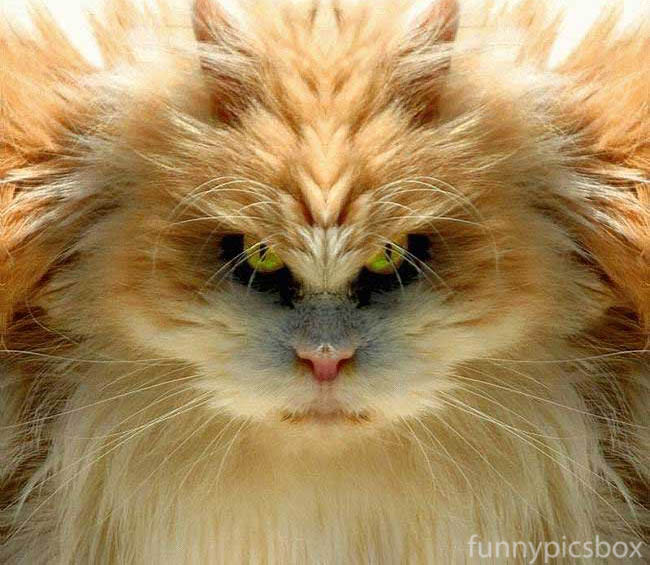
Cat litter and litter boxes play an essential role in the lives of both cats and their owners. From the simple starts of sand and soil to the ingenious developments of today, the world of cat litter has actually developed substantially. In this thorough guide, we explore every aspect of cat litter and litter boxes, exploring their history, types, benefits, challenges, and everything in between.
The history of cat litter dates back centuries, with ancient civilizations using sand, soil, and even ashes as primitive litter materials. However, it wasn't until the mid-20th century that modern cat litter as we know it emerged. In 1947, Edward Lowe introduced the world's first commercial cat litter made from absorbent clay, transforming the way cats relieved themselves indoors. Ever since, cat litter has undergone many improvements, with the intro of clumping litter, silica gel litter, eco-friendly alternatives, and more.
Today, feline owners are ruined for choice when it comes to selecting the right litter for their feline companions. Standard clay litter stays popular for its cost and effectiveness in absorbing odors. Clumping litter, which forms strong clumps when wet, streamlines cleaning and maintenance. Silica gel litter, composed of extremely absorbent silica crystals, uses exceptional odor control and durability. Eco-friendly choices, such as recycled paper, wood pellets, corn, and wheat, attract environmentally mindful customers.
Each type of cat litter offers special benefits. Clay litter masters its ability to soak up wetness and control odors, making it a reputable choice for numerous cat cat litter boxes owners. Clumping litter simplifies day-to-day scooping and extends the time between complete litter modifications. Silica gel litter offers extraordinary smell control and can last longer between replacements. Eco-friendly litters use a sustainable alternative that decreases ecological impact.
While cat litter boosts indoor feline hygiene, it is not without its obstacles. Dust from clay litter can position respiratory dangers for both cats and human beings, prompting the popularity of dust-free options. Some cats may establish litter box aversion due cat litter alternatives to issues with texture, aroma, or cleanliness, demanding experimentation with different litters and box setups. Multi-cat households might need strategic litter box positioning and regular maintenance to avoid territorial conflicts and ensure all felines have access to tidy facilities.
Selecting the suitable litter box is essential for promoting favorable litter box habits and general feline well-being. Elements to think about include size, ease of access, cat litter alternatives and style preferences. Covered litter boxes supply privacy and assistance contain smells, however some cats might find them confining or daunting. Open-top litter boxes use easy gain access to and visibility but might result in more litter scatter. Automatic self-cleaning litter boxes enhance upkeep but need routine monitoring and upkeep.
Appropriate litter box upkeep is crucial for guaranteeing a clean and welcoming environment for both felines and their owners. Daily scooping eliminates waste without delay, reducing smell and preventing litter box aversion. Regular litter replacement, normally every 1-2 weeks, prevents bacterial buildup and preserves optimum absorbency. Thorough cleaning with moderate detergent and water, avoiding severe chemicals that might deter cats from utilizing package, need to be performed monthly.
Cat litter and litter boxes play a main function in fostering a healthy and harmonious relationship in between felines and their human buddies. With a varied array of litter choices and litter box styles available, cat owners have the versatility to tailor their choices to fit their cats' choices and household needs. By understanding the development, types, advantages, and obstacles of cat litter and litter boxes, family pet owners can offer their feline pals with a comfy and sanitary indoor environment.